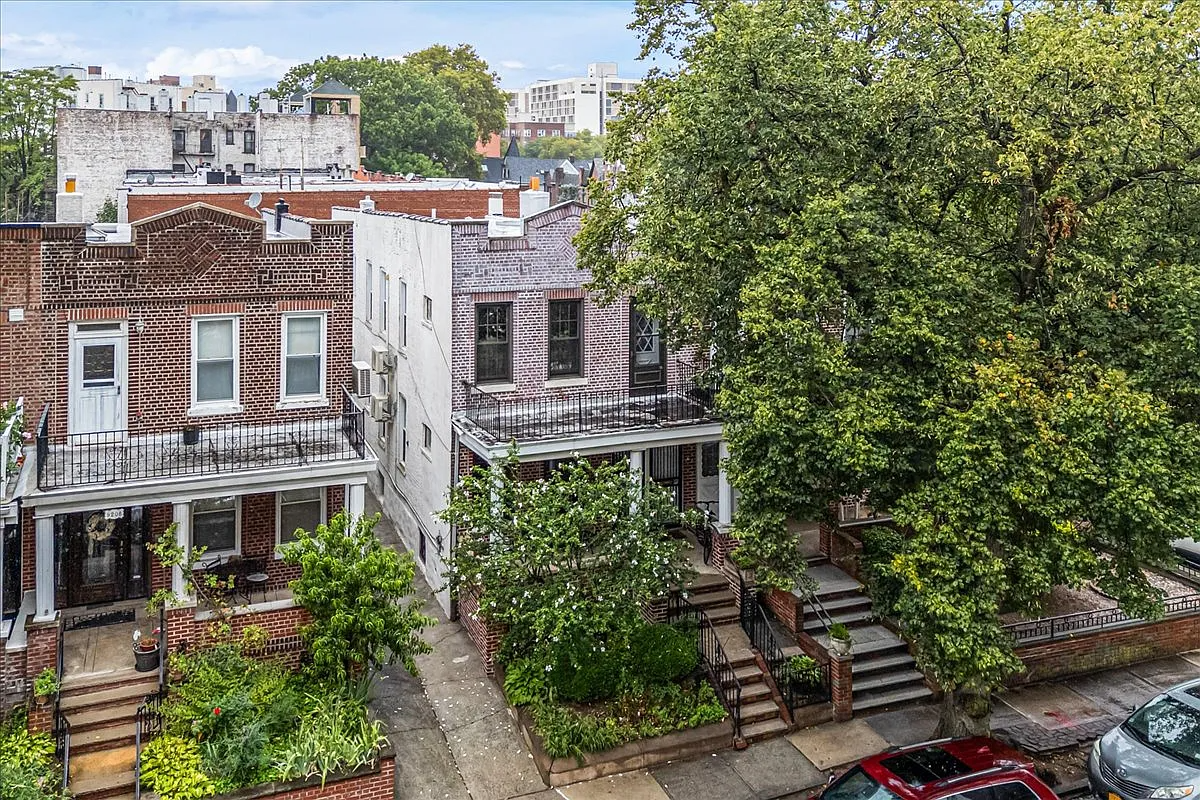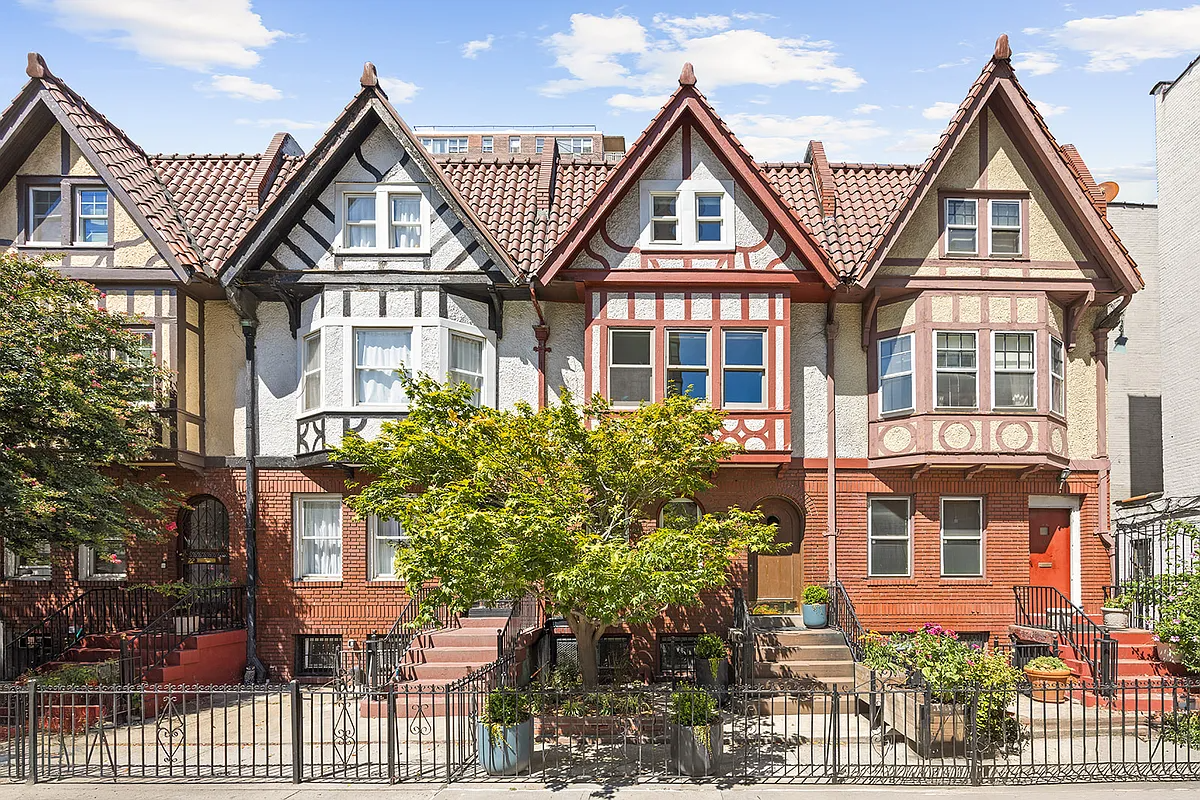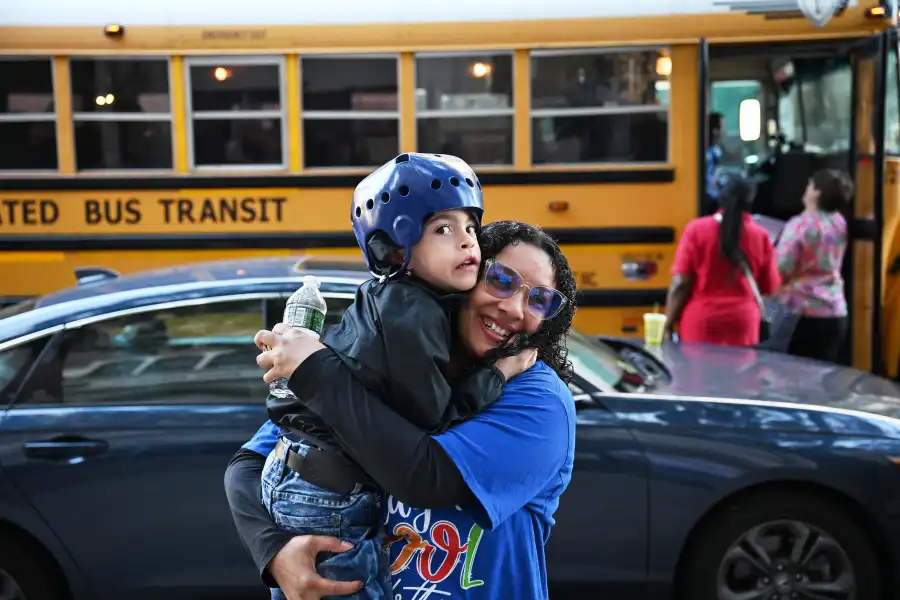Building a Consensus for Growth in Flatbush
Frightened, perhaps, by the top-down-dictatorship approach of Atlantic Yards or the too-little-too-late reaction of Carroll Gardens residents to encroaching development, stakeholders in Flatbush are trying to make a preemptive strike at defining what their neighborhood should look like in the coming decades. As detailed on yesterday’s Brian Lehrer Show on WNYC, the Flatbush Development Corporation…

 Frightened, perhaps, by the top-down-dictatorship approach of Atlantic Yards or the too-little-too-late reaction of Carroll Gardens residents to encroaching development, stakeholders in Flatbush are trying to make a preemptive strike at defining what their neighborhood should look like in the coming decades. As detailed on yesterday’s Brian Lehrer Show on WNYC, the Flatbush Development Corporation (which has been around for 30 years) has teamed up the the Municipal Art Society to form a grassroots campaign (dubbed “community visioning”) that aims to get input from members of one of the most ethnically diverse neighborhoods in the city. The population’s growing at 8% a year and, despite last Sunday’s New York Times article, real estate prices have been steadily increasing. (A guest on the show told of how her mother purchased her co-op in 1989 for $40,000 and could sell it now for over $300,000.) The development corporation has already been lobbying City Planning to consider a rezoning that would help maintain the residential feel of the neighborhood while promoting the creation of more affordable housing. Two ideas, borrowed from recent rezonings of other neighborhoods in the borough, include (1) downzoning the R6 areas to prevent the destruction of Victorian homes to make way for six-story atrocities and (2) creating inclusionary zoning around commercial stretches to foster affordable housing. The next community meeting on the initiative is to be held at 6:30 p.m. on December 12 at the Brooklyn College Student Center, 6th Floor, at East 27th Street and Campus Road.
Frightened, perhaps, by the top-down-dictatorship approach of Atlantic Yards or the too-little-too-late reaction of Carroll Gardens residents to encroaching development, stakeholders in Flatbush are trying to make a preemptive strike at defining what their neighborhood should look like in the coming decades. As detailed on yesterday’s Brian Lehrer Show on WNYC, the Flatbush Development Corporation (which has been around for 30 years) has teamed up the the Municipal Art Society to form a grassroots campaign (dubbed “community visioning”) that aims to get input from members of one of the most ethnically diverse neighborhoods in the city. The population’s growing at 8% a year and, despite last Sunday’s New York Times article, real estate prices have been steadily increasing. (A guest on the show told of how her mother purchased her co-op in 1989 for $40,000 and could sell it now for over $300,000.) The development corporation has already been lobbying City Planning to consider a rezoning that would help maintain the residential feel of the neighborhood while promoting the creation of more affordable housing. Two ideas, borrowed from recent rezonings of other neighborhoods in the borough, include (1) downzoning the R6 areas to prevent the destruction of Victorian homes to make way for six-story atrocities and (2) creating inclusionary zoning around commercial stretches to foster affordable housing. The next community meeting on the initiative is to be held at 6:30 p.m. on December 12 at the Brooklyn College Student Center, 6th Floor, at East 27th Street and Campus Road.
Brian Lehrer Show 12/4/07 [WNYC]
Imagine Your Neighborhood 2030 [MAS]





I think 2030 is the year we pay off our re-fi. Seriously. (sigh…trying to see the Big Picture, failing)
What happened to all of the “Brownstoner is Bad! He doesn’t discuss Flatbush” folks. Here’s Flatbush! Talk about your ethnically diverse, non West Indian, we even have non-white Russians amazing neighborhood.
For folks who want to know more, some
of the Flatbush-local bloggers – Sustainable Flatbush, Brooklyn Junction, and I – attended the first workshop in November and have written about it. We’re also promoting the follow-up workshops in December, January and February, which will culminate in the publication of a report in March 2008.